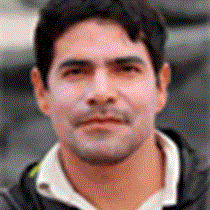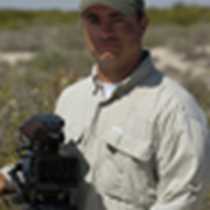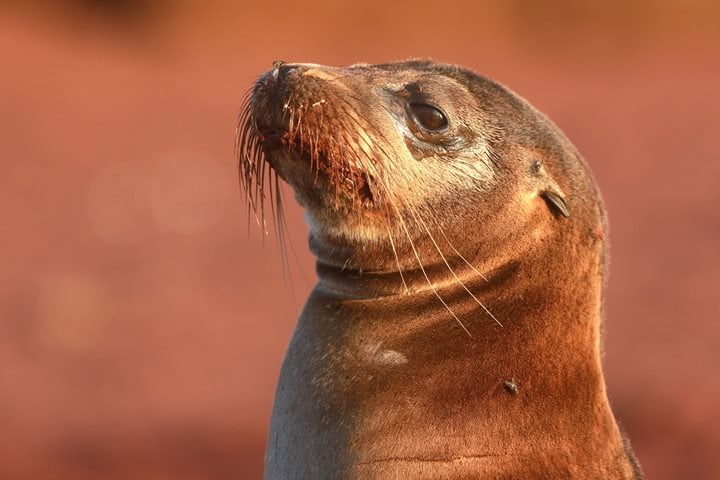Today we started our day on the western side of Santiago Island. The morning was overcast and drizzling, but suddenly turned clear and bit by bit the sun appeared high in the sky. it typical weather for the rainy season in Galapagos. After an early 6:30 am wake-up call we landed at Espumilla beach. A place covered with an interesting mix of volcanic ashes and tiny pieces of olivine where we spotted fresh tracks made by sea turtles and holes made by ghost crabs. After crossing a button mangrove forest we hiked by a brackish water lagoon where we found Bahamas pintail ducks and whimbrels, which is a type of migratory birds that feeds on crustaceans and mollusks in the rich ooze of the lagoon. Then we continued through an area covered by huge Palo Santos trees. The soil was wet giving a very enjoyable smell. A couple of Galapagos hawks and mocking birds were spotted, then we went back to beach and back aboard the National Geographic Islander. it was a great experience. Also a group of avid photographers enjoyed the morning, learning about nature photography on the islands. They had the chance to take pictures of a flock of blue footed boobies diving like torpedoes in search of food. At the end of our visit our foot prints are left as part of the scenery on the sandy beach.
Later in the morning we visited Buccaneer cove. Here we offered a number of activities, such as kayaking, enjoying the impressive landscape of the place, and snorkeling. While we snorkeled we spotted surgeon fish, king angel fish, Moorish idols, parrot fish, snappers, grunts, Galapagos sea lions, white tipped reef sharks, and many other species of reef fish. The water visibility was over 50 feet and the water temperature around 80f. What a great combination!
In the afternoon we landed on the black, volcanic, sandy beach of Puerto Egas, a bay not far from where we visited this morning. Some of our guests went snorkeling and swimming from the beach and the rest for a hike along the coast of Santiago Island. Here we had the chance to walk along the coast where we found some interesting lava formations known as grottos, fur seals and sea lions laying on them, different species of shore birds (semi palmate plovers, sanderlings, ruddy turnstones), lots of marine iguanas, American oyster catchers, striated and great blue herons and much more. After an amazing day, we witnessed an incredible sunset and headed back to the National Geographic Islander.
We have a wonderful time and another great day in this paradise!









